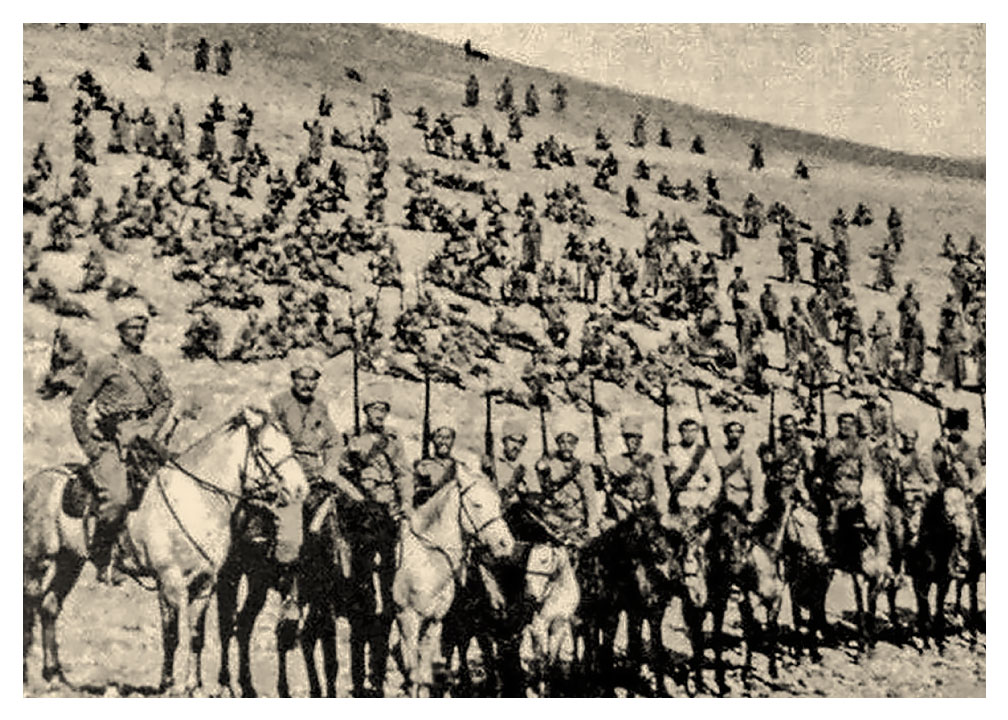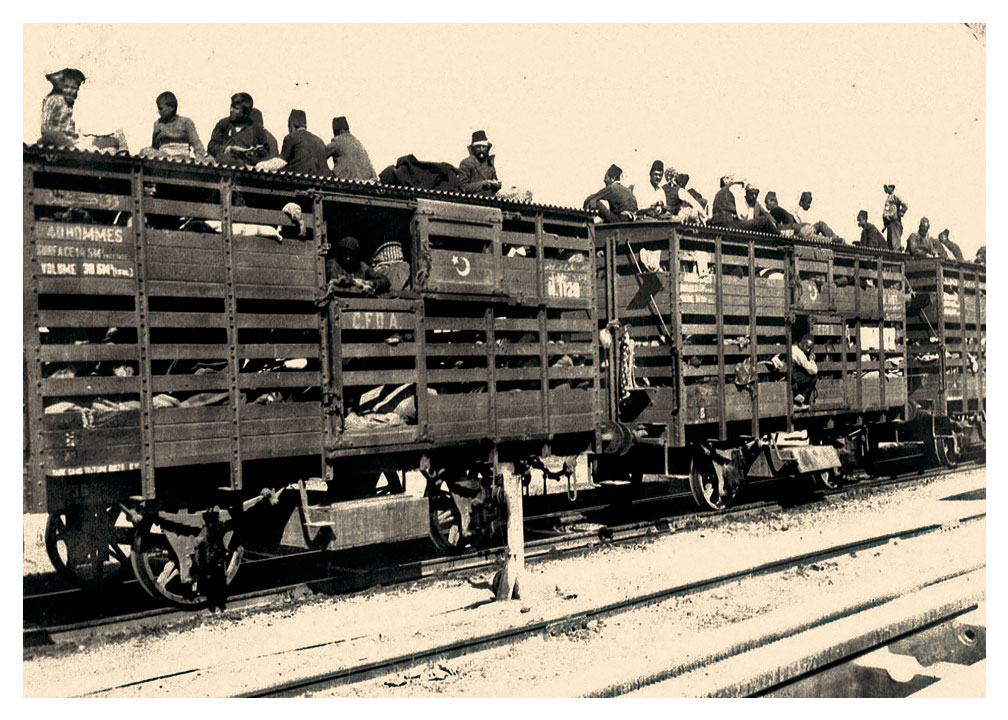Overview
Many consider that the greatest atrocity that took place against civilians during World War I was the Armenian Genocide.
From the CA HSS Framework, pgs. 343-344:
“In 1915, as the Ottoman Empire declined, the Turkish government carried out a systematic genocide against the Armenian population that had been living on its historic homeland in what is now eastern Turkey. Turkish authorities first arrested hundreds of Armenian political and intellectual leaders, sending them to their deaths; Armenian men were conscripted into work camps where they were killed outright or died of exhaustion. The remaining Armenians were ordered onto death marches into the Syrian desert, where they were subjected to rape, torture, mutilation, starvation, holocausts in desert caves, kidnapping, and forced Turkification and Islamization.
More than 1.5 million Armenians, more than half of the population was eliminated in this way; virtually all their personal and community properties, were seized by the government, and more than 500,000 innocent people were forced into exile during the period from 1915 to 1923. When the war ended in 1918, the Armenian population was reduced by 75 percent and their historical lands were confiscated by the Turkish government.”
The Armenian Genocide is considered by many historians as the first modern-era genocide, serving as a prototype for 20th & 21st century genocides.
While the Armenian Genocide is included in California’s HSS Standards, AB 1915/SB 1380, passed in 2014, provides for a greater emphasis on this topic in high school HSS curriculum, as does the 2016 HSS framework. As part of the CLIC Project, The Genocide Education Project is creating resources to support high school teachers as they address the Armenian Genocide in their coursework. In addition to the resources developed through this project, the following are links to other resources that educators may find helpful to support their teaching practice.
Armenian Genocide: A Brief Overview for High School Students
This video is intended to provide students with a brief overview of the origins, history, and lingering effects of the Armenian Genocide. In this video students will hear from the descendent of a survivor of the genocide and hear how her family’s experiences shaped the world in which she lives today. This video is also designed to be a starting point for a larger conversation about how genocide can occur, what international response to genocide should be, and what role individuals have in preventing genocide from occurring in the future.
Helpful Resources to Consider


